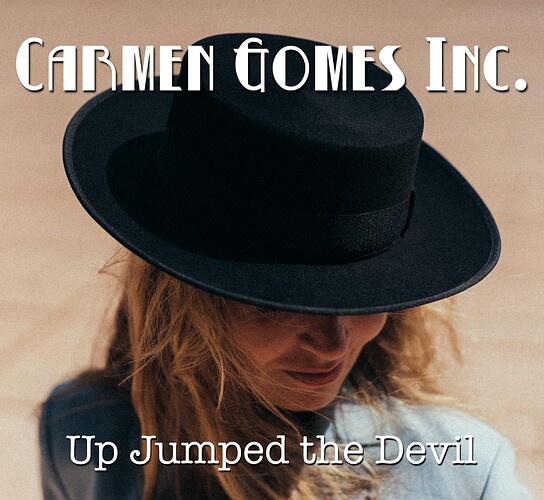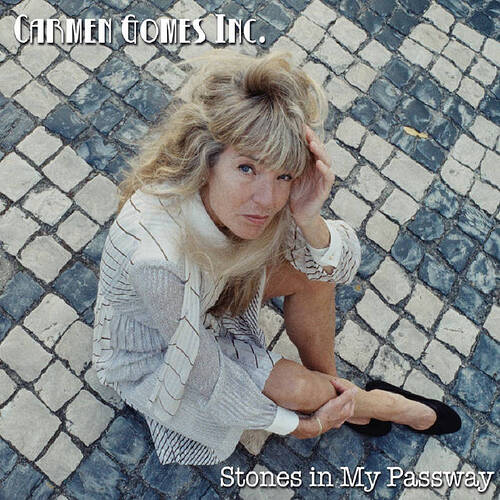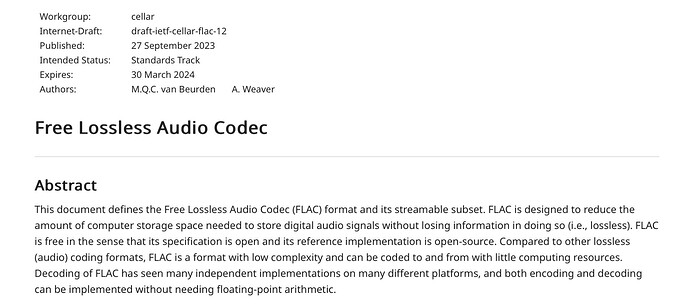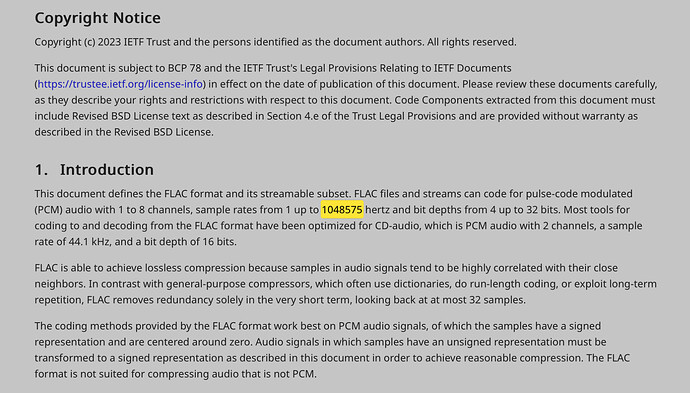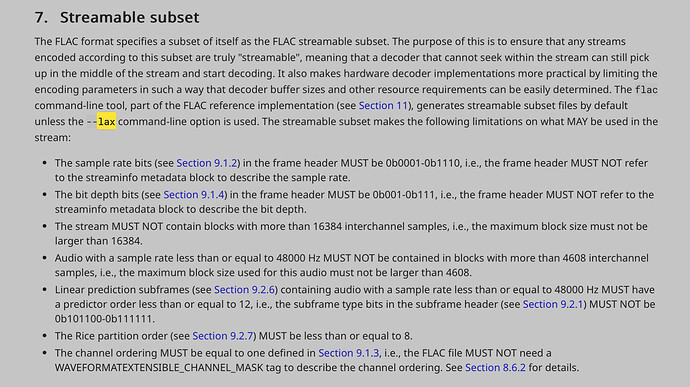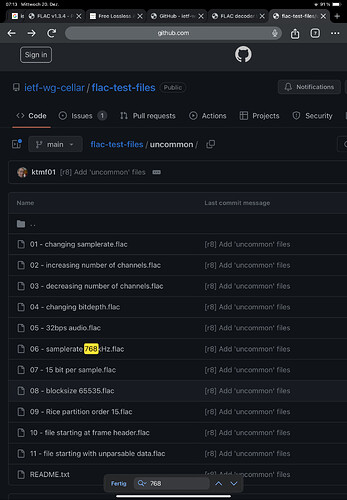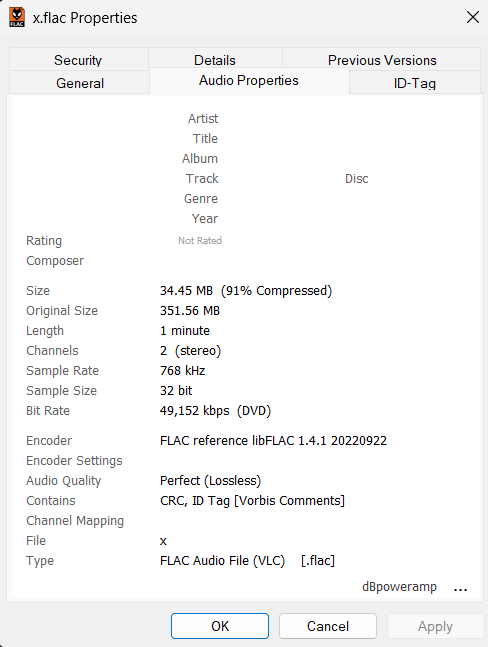2L also has an interesting set of test files;
back to 2L main page HiRes Download - test bench
This might be an interesting place to put this video of Rupert Neve discussing life above 20kHz… And you always wondered why his consoles sounded so good… Lecture at CRAS 2001
(starting in at 49 minutes, 50 seconds)…
It is a bit dry and little slow and well worth hearing him talk about what’s above 20kHz…
Very interesting, but is ‘‘hearing’’ above 20.000kHz what high sample rates is about?
Basically yes.
I thought this was the reason;
The sample rate is how many samples, or measurements, of the sound are taken each second. The more samples that are taken, the more detail about where the waves rise and fall is recorded and the higher the quality of the audio. Also, the shape of the sound wave is captured more accurately.
https://theinfinitekitchen.com/advices/do-higher-sample-rates-sound-better/
This has been addressed multiple times. If the signal is band-limited to 20 kHz, sampling it at 44.1 kHz (which is more than 2x the bandwidth) contains all the information necessary to completely recover the analog waveform. It is called Nyquist–Shannon sampling theorem - Wikipedia
Ok. I will read up on that but why do the recording studios use the higher sample rates then?
Short answer: historical reasons plus the need to do post-processing. You may also want to read this for some insight: 24/192 Music Downloads are Very Silly Indeed (xiph.org)
If 16.44 is goos enough the 16bit redbook CD version is available on the Carmen Gomes Inc. Bandcamp site
Of course a DAC can play it. In fact the Direct Stream DAC upsamples everything to a whopping 56 mHz. Why? Two reasons - first each doubling of sample rates decreases noise by a half. That way, even without noise shaping dither, and just TPDF (standard triangular dither) 16 bits gives about 142 SNR., Considering the noise floor of the DAC is 120 db it is way overkill. You could get away with 14 or even 12 bits - but 16 bits it pretty much a standard. Also converting such high frequencies to DSD is easy, and the output stage is a simple low pass filter.
But sampling at 768 is useless, and as Rob Watts continually points out shows a misunderstanding of Shannons Sampling Theroem. If you have a band limited signal sinc reconstruction reconstructs it exactly, no ringing, time smearing or any nasties you read about. All you have to do is make sure the maximum frequency in the audio not swamped by noise (and about 130db SNR is the unavoidable thermal noise limit - usually recordings are much higher). That is why DXD was chosen - my understanding in no audio has anything above 192 kHz, In fact only a few have anything above 96 kHz, and most nothing above 44 kHz. DXD is way overkill so engineers can be assured the original (often downsampled from something like 4x DSD) can be exactly reproduced. 768k is useless. The reason the M-Scaler uses it is Rob, like the DS DAC, also upsamples to some whopping frequencies. But he discovered that the quality of the first part of that upsampling, to say 768K is more critical than the later parts, and uses less precise up-samplers beyond that. Distributing at the 768k sampling rate - forget it. What would be of value, is to use FLAC compression in a smart way. Start with DXD, locate the highest frequency and run a filter through it at that frequency. Depending on the frequency the audio can easily be downsampled to to 1922 or 966. The noise floor can be located and after adding a couple of bits and dither set everything below that to zero (called bit freezing). FLAC compresses such files very efficiently because noise, which FLAC does bot compress efficiently is reduced considerably.
You guys keep forgetting about noise shaping…and moving the noise way out of the audible frequency range.
We’re not forgetting about it, we’re just wondering how far is far enough? Megahertz? Gigahertz? Microwave band, so we can cook food while listening to music?
That is an interesting concept, we should keep this in mind.
And the expression “hot trebles” will than have a real meaning. ![]()
I saw this review on the latest release in the ‘’ *Discovering the Music of Blues Legend Robert Johnson*’ series also available in 32/768.
“Engineer Frans de Rond has captured the entire setting in a way that allows you to experience the superb interplay of these seasoned musicians. This is so well recorded that turning up the volume knob significantly only seems to make the music even more intense not louder” jazzflits
Even if they could, humans can’t hear it
Using ultrasound to treat Carmen’s stones perhaps?
You can’t even put 705.6/768 kHz into FLAC (which tops at 655.35 kHz), so they’re selling WAV. It seems people at Xiph never imagined we’d take the hi-res insanity this far.
That 655.35 kHz maximum is not random either. In fact, there are 16 reasons why.
AJ
![]()
I‘m not a coding pro nor audio developer nor have an academic degree, but I can search the Internet, so may just have to disagree with you guys about this one!
Maybe you‘ve got some better educated insights to share with us?
There seems to be active FLAC development as can be seen in document …
with the latest revision supporting samplerates of non-streamable 1.048575MHz …
… made possible by using the - - lax command line option.
Also, there‘s a 768kHz testfile in the flac decoder testbench
You’re right ![]() The official FLAC page lists 655.35 kHz as limit, but with --lax, I was able to create a 768/32 FLAC file:
The official FLAC page lists 655.35 kHz as limit, but with --lax, I was able to create a 768/32 FLAC file:
Without it, it says:
x.wav: ERROR initializing encoder
init_status = FLAC__STREAM_ENCODER_INIT_STATUS_NOT_STREAMABLEThe encoding parameters specified do not conform to the FLAC Subset and may not
be streamable or playable in hardware devices. If you really understand the
consequences, you can add --lax to the command-line options to encode with
these parameters anyway. See FLAC - Format
They probably don’t want to sell non-conformant FLACs.
There are 20 bits dedicated to sample rate, so 1048575 Hz, which is exactly 2^20-1, seems to be a hard limit. We’re about to blow past that:

